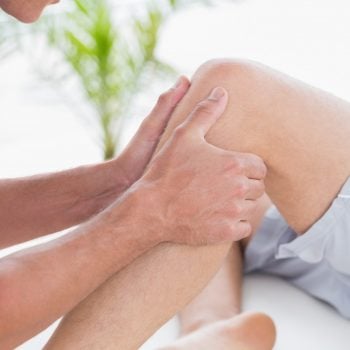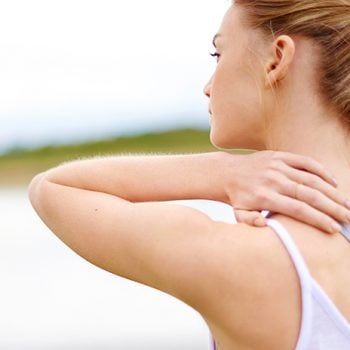The “Hip Hinge” Technique
- Posted by First Choice Health
- On September 20, 2017
Do you “Hip Hinge” correctly?
Do you lift like a powerlifter, or is your squat setting you up for back pain? Do you “Hip Hinge”, or does you lumbar spine do all of the work?
In today’s video, Musculoskeletal Physiotherapist David Coulson looks at some of the finer points of technique around the basic squat. Whether you are lifting in the gym, in the garage or in the garden, these tips can help you to prevent back pain and perform at your best.
David, along with the rest of the First Choice Health team are available for consultation, or to check your “Hip Hinge”, at our newly refurbished Vermont South physiotherapy rooms.
Video Transcription
Hi, it’s Dave here, from First Choice Health physio.
Today I wanted to talk about something really important about the way people move in their daily life. It’s called “hip hinge”.
Now, often people when they go to sit-to-stand, they often move their spine, and they’ll sort of flex or as they get up they’ll extend their back, and that can lead to long term back issues.
Also when lifting something, people tend to sort of flex a little bit through the back, loading up their back, and lifting an object, again causing some back pain.
So, if you can get the mechanism right and get hip hinge correct, you’re going to save your back, and you’re going to get the big muscles in your pelvis to do the work.
So hip hinge is basically where you’re flexing at the hip, but you’re keeping your back nice and straight. Some of your weight is going backwards, some of your weight is going forward, and we’re keeping the centre of gravity through the centre of your feet.
When we go to do a sit-to-stand, it’s important that we use hip hinge to sit down, and it’s important when we’re standing up to use hip hinge to stand up — it increases the mechanism and makes it a lot easier, it saves your back.
Also when we’re lifting, the same thing — the principle is more hip hinge when there’s an “out front” activity. So, as I hip hinge forward I’m keeping my back straight, and I’m bracing my core, and I’m able to lift and lift up.
So these are things that people should be doing, and a really good little exercise that you can do to test your hip hinge is by just grabbing a stick, standing up nice and straight, it’s a whole body movement, so making sure that you’re tucking your pelvis in and your back is straight, making sure your chin is in and your shoulders are back, and you can actually start just by bending the knees and hips together and seeing if you can maintain that hip hinge.
Now, if your head’s coming off, or you’re flexing through, or you’re arching your back, then you don’t have really good control.
If you can master the hip hinge, you can go onto a lot of things. You can build up strength and really save your back, and keep some knees, and it reduces a lot of injuries.
So, if you want to look into it, come into First Choice Health physio and we’ll help you out.
Thank you.

